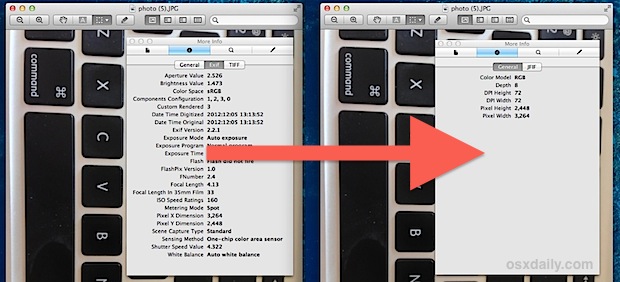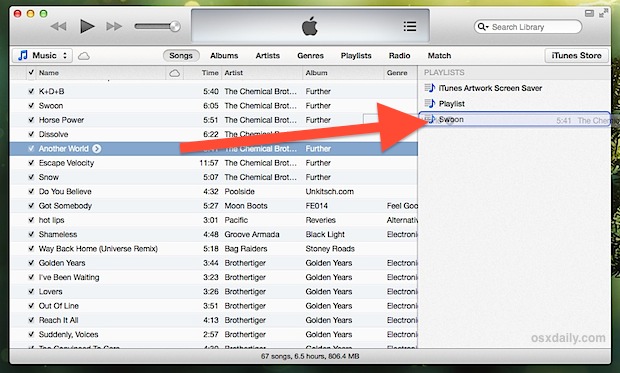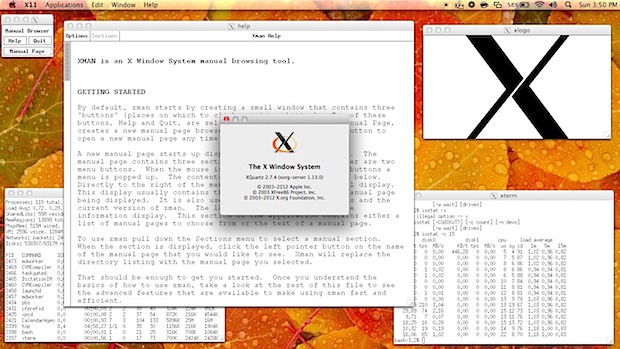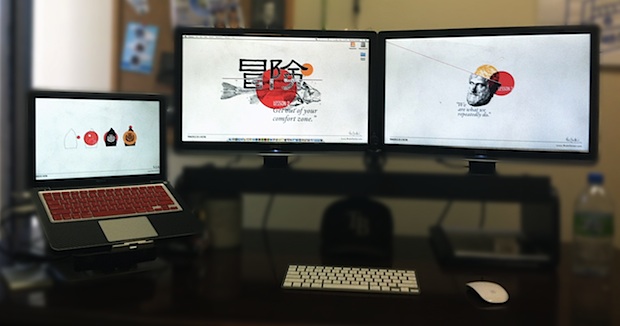Mac Setup: The Cinematographers Desk
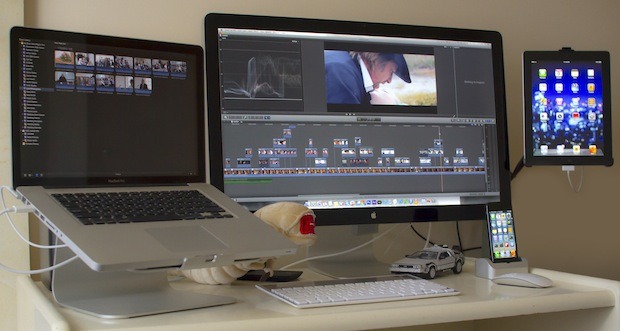
This weeks great Mac setup comes to us from Caleb M., the owner of a production company in New Zealand that specializes in cinematography with rapid turnaround. The Apple gear is used to edit, color, process, and deliver materials. Hardware includes:
- MacBook Pro 15″ (early 2011) – 2.2 GHz Intel Core i7, 16GB RAM, 240GB SSD
- iPad 16GB (3rd Generation)
- iPhone 5 16GB
- 27″ Apple Thunderbolt Display
- Western Digital My Book VelociRaptor Thunderbolt Duo (2x1TB Raptor Drives, RAID 0)
- Seagate GoFlex Thunderbolt Adapter – for offloading media on SSDs
- Twelve South Hover Bar
 for iPad
for iPad - Rain mStand Laptop Stand
 for MacBook Pro
for MacBook Pro - ElevationDock for iPhone 5
- Logitech Wireless Solar Keyboard K760
- Apple Magic Mouse
- Diecast DeLorean for awesomeness
The HoverBar is a great iPad accessory, and in this case it lets the iPad be used as a third display from time to time. You can try turning your iPad, iPhone, or iPod touch into an external display by using AirDisplay, which now has a free version available for anyone to test.
Do you have an interesting Mac setup you want featured here on OSXDaily? Send us a good picture or two, a list of hardware, and a brief description of what the workstation is used for: osxdailycom@gmail.com

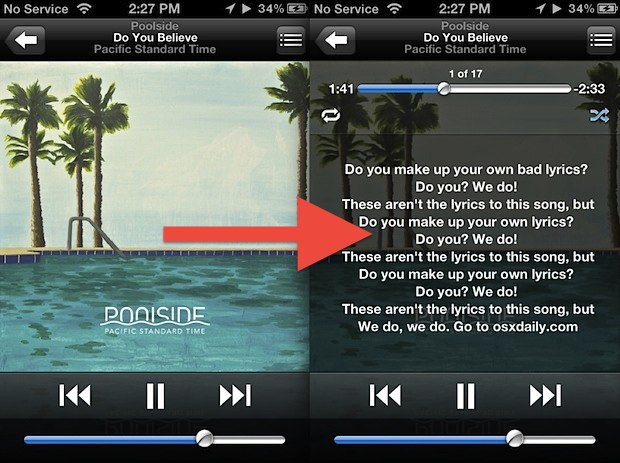
 The first major TV interview with Apple CEO Tim Cook aired last night, where he spoke at length with NBC’s Brian Williams. A wide variety of topics are discussed, including Cook’s role as CEO, Steve Jobs, the mishaps of Apple Maps, Apple TV, manufacturing, the future of Apple, The Jetsons (yes, the cartoon), competition, and other little tidbits, like Apple’s purpose which led to this great quote from Cook:
The first major TV interview with Apple CEO Tim Cook aired last night, where he spoke at length with NBC’s Brian Williams. A wide variety of topics are discussed, including Cook’s role as CEO, Steve Jobs, the mishaps of Apple Maps, Apple TV, manufacturing, the future of Apple, The Jetsons (yes, the cartoon), competition, and other little tidbits, like Apple’s purpose which led to this great quote from Cook:
